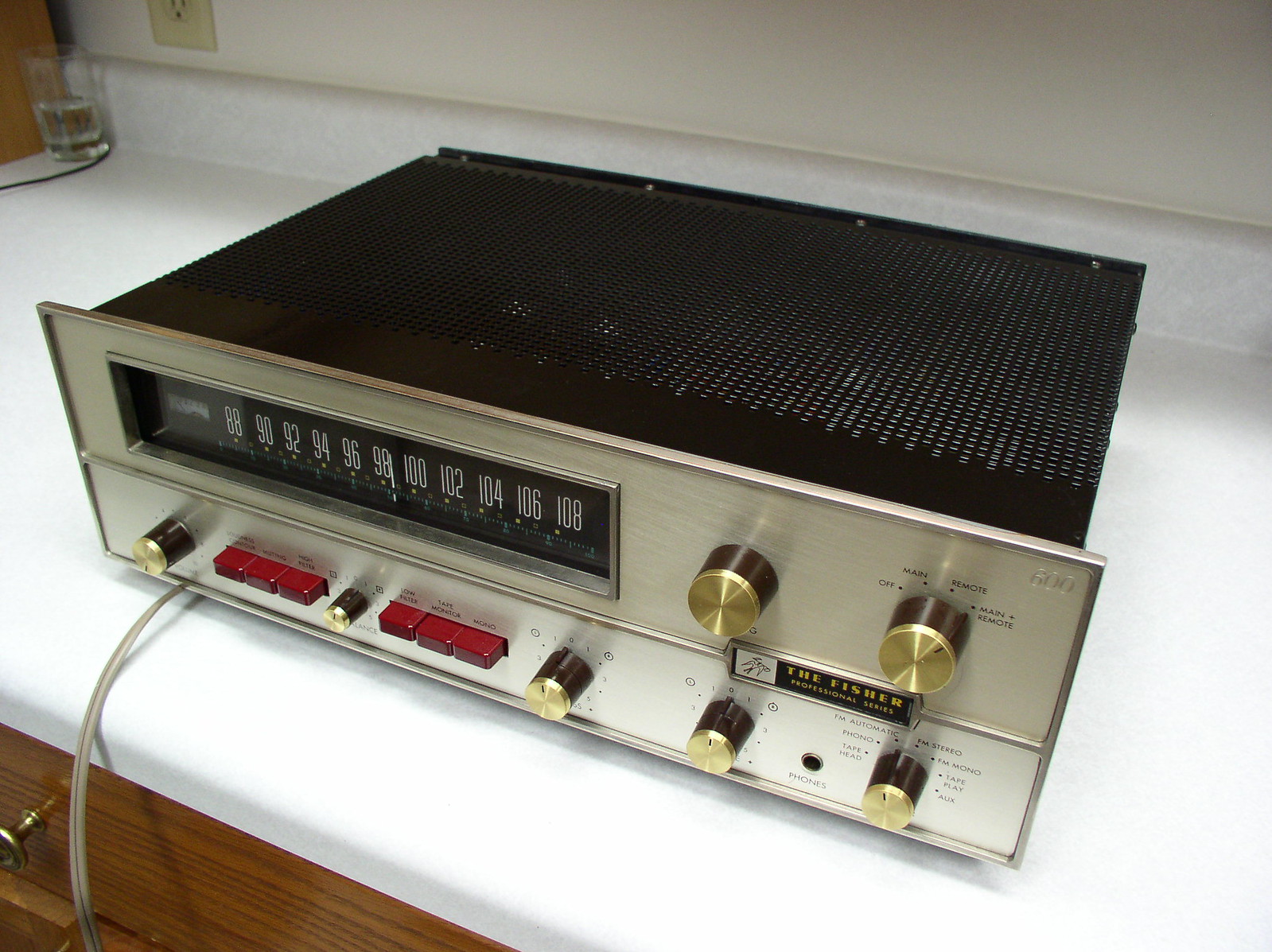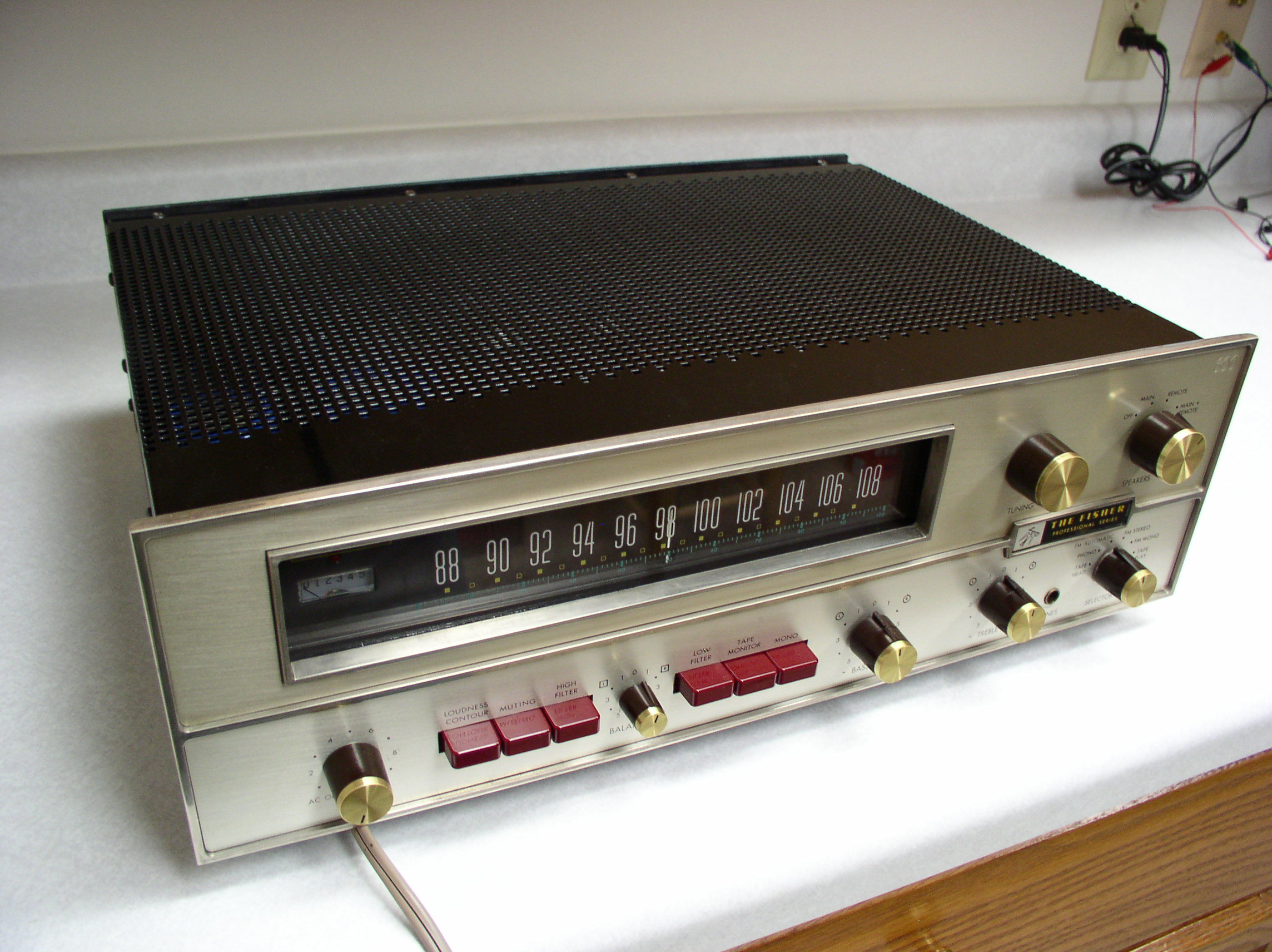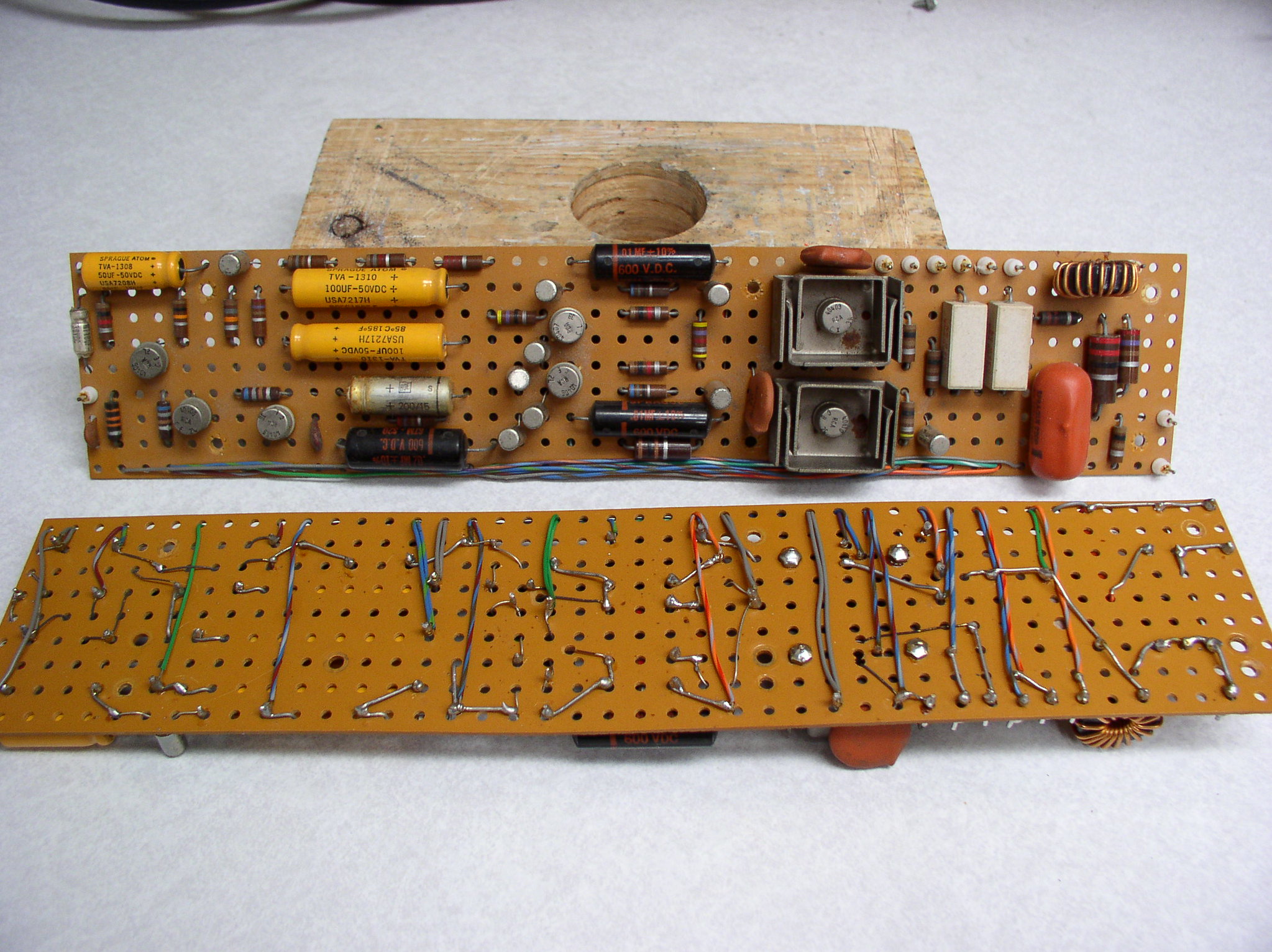fred soop
Super Member
With a few scheduled events out of the way, it's now time to start this thread. Actual analysis and rebuild notes will be covered later. This will start with history leading up to the project. There are 2 different units involved. The first rebuild has been nearly completed and will be described after the fact. Photos and schematics will eventually appear.
Note on Photos
Photos are linked from Flickr. Original versions are 2218 x 1712 and the versions shown here may be smaller if they still illustrate the point. At this writing, it appears that the serial number, 43453K, can be entered in the Flickr search box as a unique identifier. However, Yahoo seems to be "fixing" things that used to work and the Flickr search will sometimes not find tags or titles for recent images, nor will it find user names. The photostream is located at:
http://www.flickr.com/photos/35089121@N07/with/12421335293/
which may eventually contain non audio related photos, but various sized images can be accessed from there. Relevant photos will have the serial numbers (43453K and later, 38215G) as a keyword.


History
My first system that could be considered "high fidelity" consisted of a Knight Kit KG-870 integrated amplifier, a Knight KN-990 record changer with Empire 880 cartridge, and home built speaker systems consisting of a 12 inch Allied full range speaker with whizzer cone (can't find a photo), eventually upgraded with Electro Voice HF-1 step up kits consisting of a 3500 Hz crossover and TW-35 horn tweeter. The MF-1 midrange kit was never added. A Knight Kit KG-765 AM-FM tuner was eventually added. Don't be misled by that 70 watt rating. The tuner capture ratio was almost in double digits. The record changer was able to track most records at 3 grams after the wires coming out the bottom of the arm at the pivot were carefully adjusted.

Later, a friend purchased a system that included a Fisher 600-T receiver. It was assumed that the speaker systems, being home built, were probably the weak link. Combining equipment and cross connecting in various configurations quickly demonstrated that the speaker systems were fine and it was the Knight amplifier that was poor. That was a very early transistor design that used automotive style lamps as emitter resistors that would rise in value as more current was drawn. Looking back, that thing probably had 20% crossover distortion.
next: Fisher 600-T Selection
Note on Photos
Photos are linked from Flickr. Original versions are 2218 x 1712 and the versions shown here may be smaller if they still illustrate the point. At this writing, it appears that the serial number, 43453K, can be entered in the Flickr search box as a unique identifier. However, Yahoo seems to be "fixing" things that used to work and the Flickr search will sometimes not find tags or titles for recent images, nor will it find user names. The photostream is located at:
http://www.flickr.com/photos/35089121@N07/with/12421335293/
which may eventually contain non audio related photos, but various sized images can be accessed from there. Relevant photos will have the serial numbers (43453K and later, 38215G) as a keyword.


History
My first system that could be considered "high fidelity" consisted of a Knight Kit KG-870 integrated amplifier, a Knight KN-990 record changer with Empire 880 cartridge, and home built speaker systems consisting of a 12 inch Allied full range speaker with whizzer cone (can't find a photo), eventually upgraded with Electro Voice HF-1 step up kits consisting of a 3500 Hz crossover and TW-35 horn tweeter. The MF-1 midrange kit was never added. A Knight Kit KG-765 AM-FM tuner was eventually added. Don't be misled by that 70 watt rating. The tuner capture ratio was almost in double digits. The record changer was able to track most records at 3 grams after the wires coming out the bottom of the arm at the pivot were carefully adjusted.

Later, a friend purchased a system that included a Fisher 600-T receiver. It was assumed that the speaker systems, being home built, were probably the weak link. Combining equipment and cross connecting in various configurations quickly demonstrated that the speaker systems were fine and it was the Knight amplifier that was poor. That was a very early transistor design that used automotive style lamps as emitter resistors that would rise in value as more current was drawn. Looking back, that thing probably had 20% crossover distortion.
next: Fisher 600-T Selection



